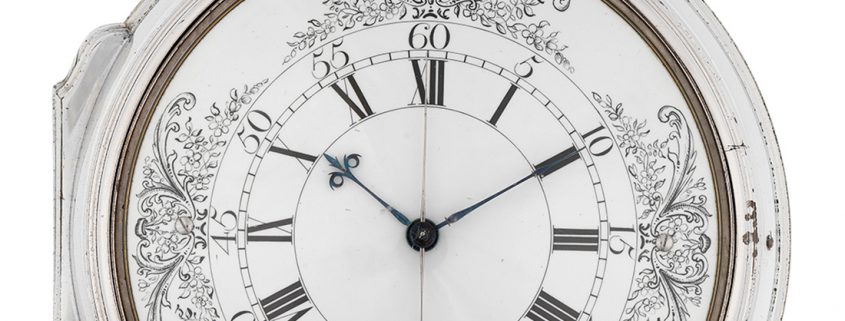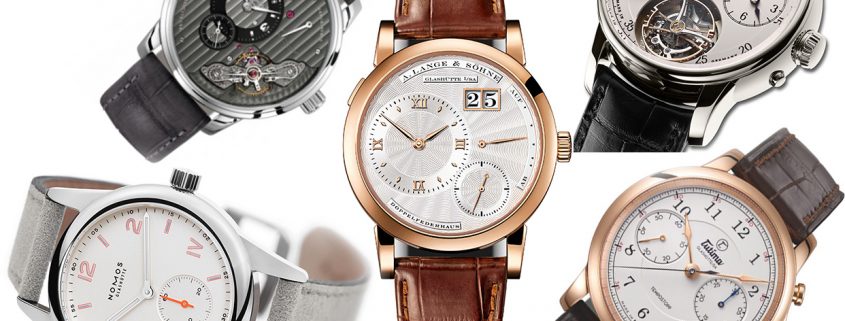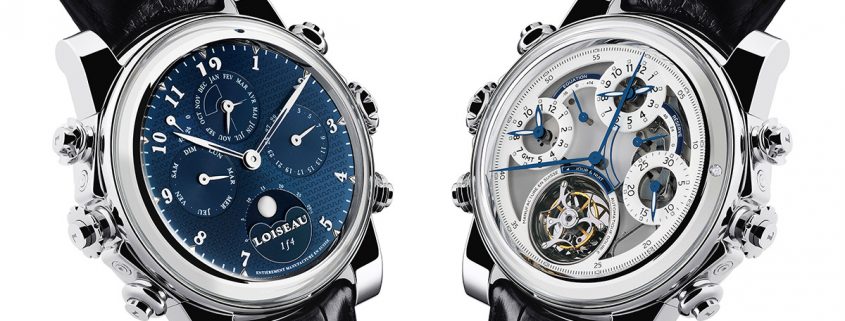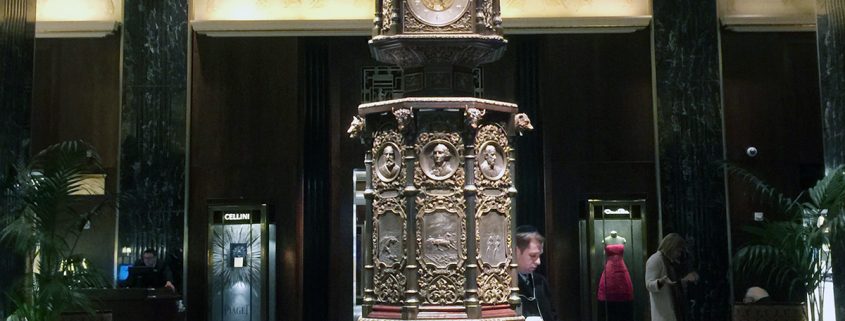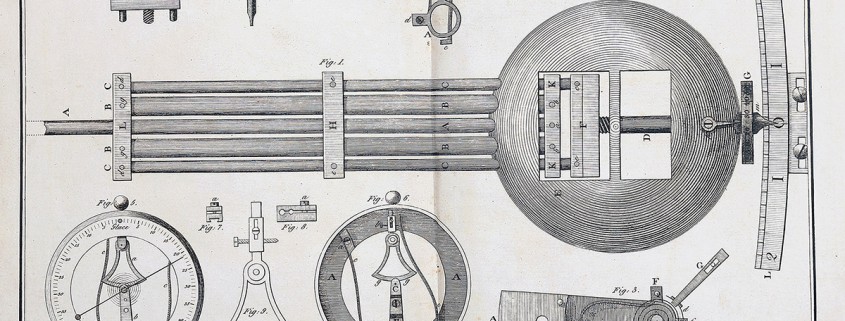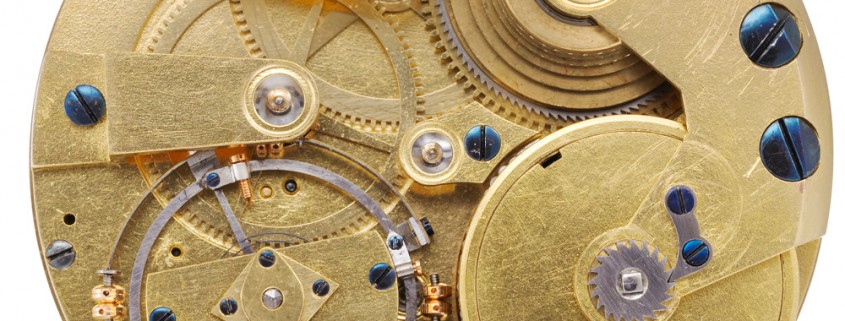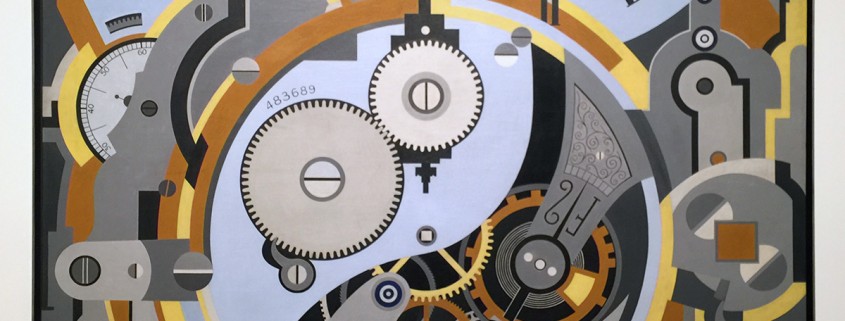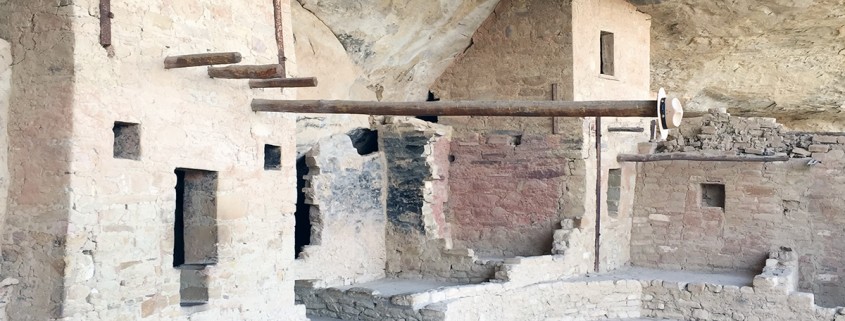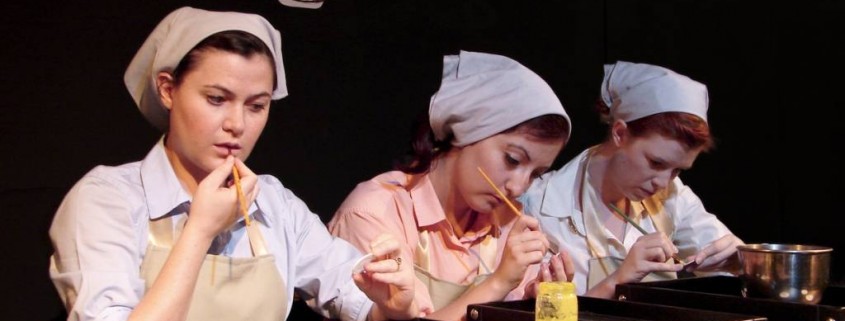Larcum Kendall And K1: The Greatest Watchmaker And Watch You Have (Probably) Never Heard Of (Archive)
You may have heard of a few or more of the following historical people and events: Thomas Mudge, George Graham, John Harrison, the Longitude Prize, Captain James Cook, and the mutiny on the ‘HMS Bounty.’ However, you are less likely to have heard the name of a horologist who played a pivotal role in all of the above: Larcum Kendall (1719–1790). Come with me on a worldwide adventure involving timekeeping and history.

